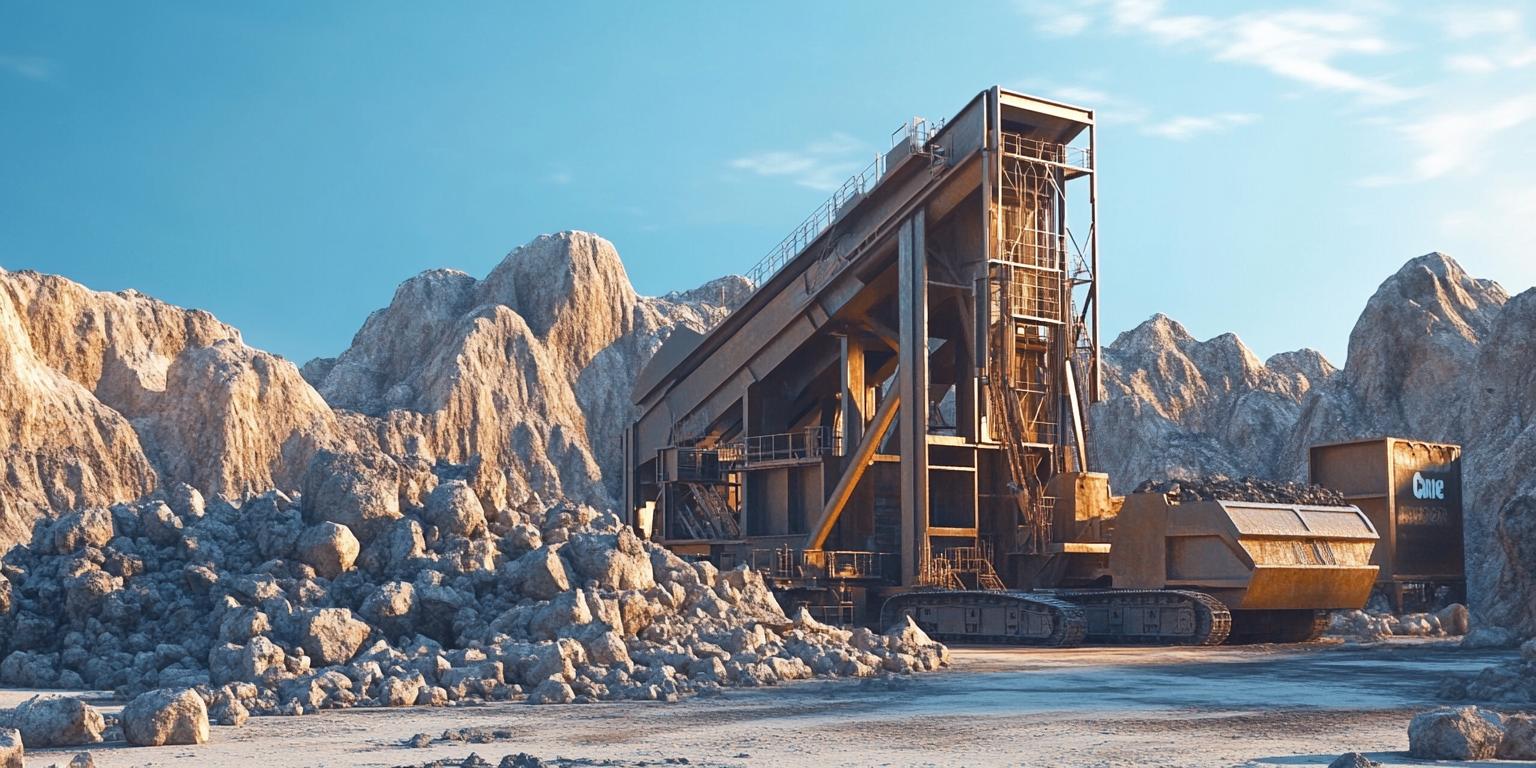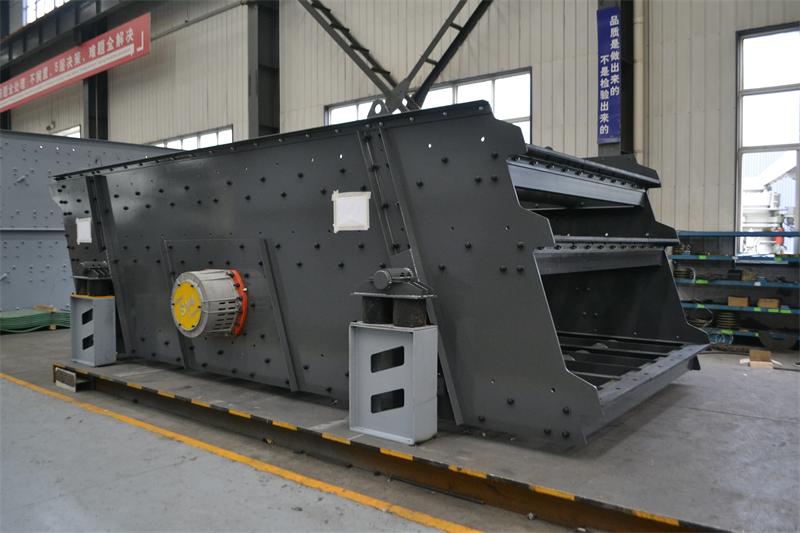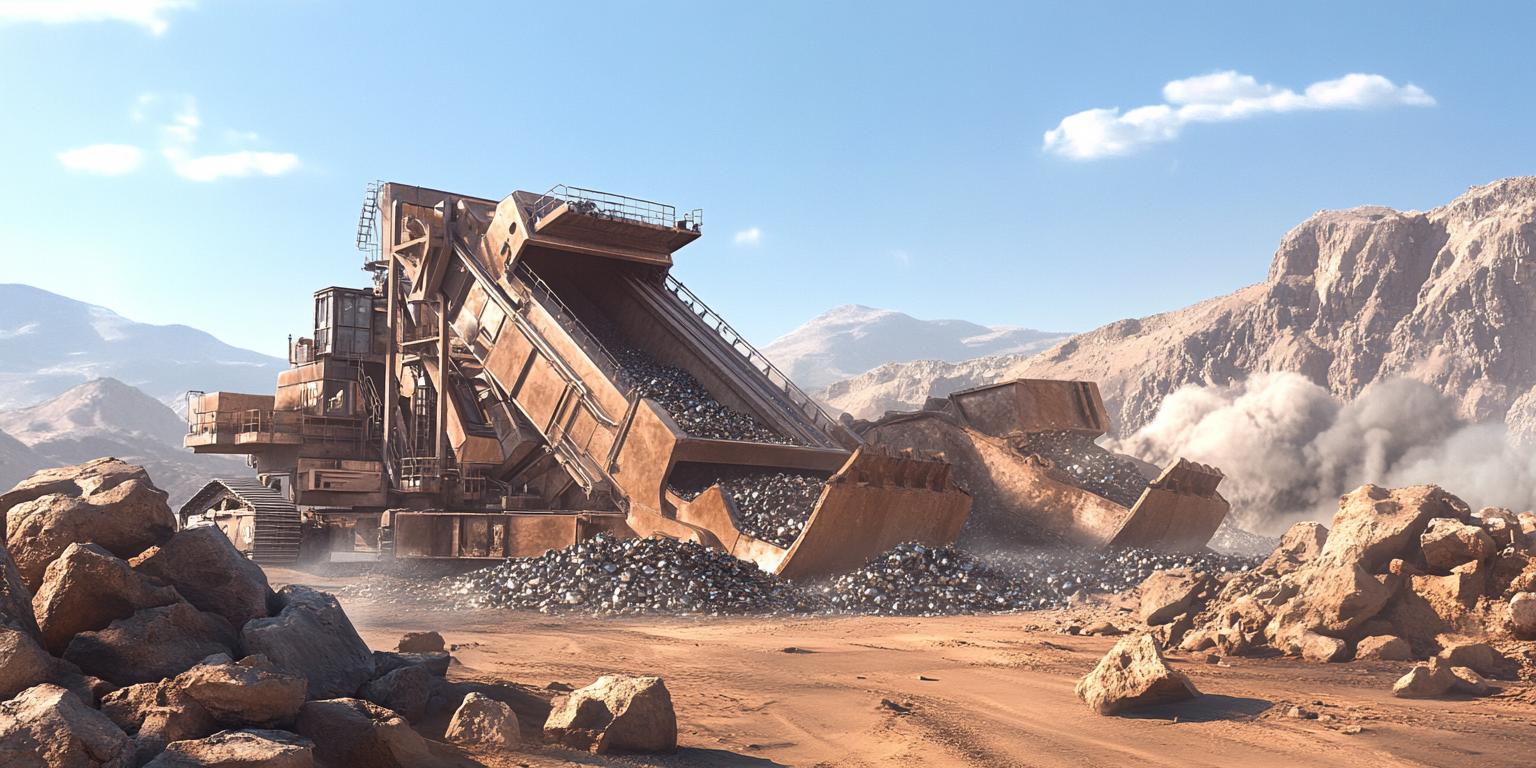
In the mining industry, the counter - impact crusher plays a crucial role in ore processing. However, in high - humidity mining areas, these crushers often encounter various faults due to the complex environment. This article delves into the common faults of counter - impact crushers in high - humidity and complex ore environments and provides corresponding solutions.
Counter - impact crushers in high - humidity, strongly corrosive, and muddy ore environments face multiple challenges. High humidity can lead to rusting of equipment parts, which not only affects the appearance but also reduces the strength of the parts. In a strongly corrosive environment, the metal structure of the crusher is easily corroded, shortening its service life. The presence of muddy ore can cause blockages in the crusher, affecting its normal operation. For example, in a certain high - humidity mine in South America, the crusher often suffered from blockages due to the high mud content in the ore, resulting in a 20% reduction in production efficiency.

High - manganese steel has excellent wear - resistant performance, which is very suitable for the working conditions of counter - impact crushers. In high - humidity and complex ore environments, the wear - resistant parts of the crusher made of high - manganese steel can significantly reduce wear. According to research, the service life of high - manganese steel wear - resistant parts can be 1.5 - 2 times longer than that of ordinary steel parts.
An advanced sealing and protection system can effectively prevent moisture, dust, and corrosive substances from entering the crusher. A well - designed sealing system can reduce the failure rate of the crusher by 30%. For example, a certain crusher with an advanced sealing system has a significantly lower probability of internal part corrosion and blockage in a high - humidity environment.
Intelligent lubrication technology can ensure that the crusher's moving parts are always in good lubrication conditions, reducing friction and wear. Condition monitoring technology can real - time monitor the operating status of the crusher, such as vibration, temperature, etc. Once an abnormal situation is detected, it can give an early warning. In a mine in Australia, through the use of intelligent lubrication and condition monitoring technology, the vibration of the crusher was reduced by 15%, and the service life of vulnerable parts was extended by 25%.

Based on specific mine site data, technical improvements have brought significant benefits. For example, after adopting the above - mentioned technologies in a mine in Africa, the vibration of the crusher was significantly reduced, and the service life of vulnerable parts was extended. The data shows that the vibration amplitude was reduced by 12%, and the replacement cycle of vulnerable parts was extended from 3 months to 4 months, which effectively reduced the maintenance cost and improved the production efficiency.
A practical inspection process and abnormal signal identification are essential for ensuring the stable operation of the crusher. Regular inspections can detect early signs of equipment failure. For example, during the inspection, if abnormal vibrations or noises are found, it may indicate problems with the crusher's internal parts. The article provides a detailed inspection process and abnormal signal identification guide, which can help mining operators quickly identify problems and take corresponding measures.

In conclusion, by focusing on material selection, sealing protection, and intelligent lubrication and condition monitoring technologies, the stability of counter - impact crushers in high - humidity mining areas can be effectively improved. This article provides valuable references for mine equipment managers and technicians to optimize crusher performance. If you want to learn more about crusher maintenance and optimization, please click here to download the inspection manual and join our professional communication group.